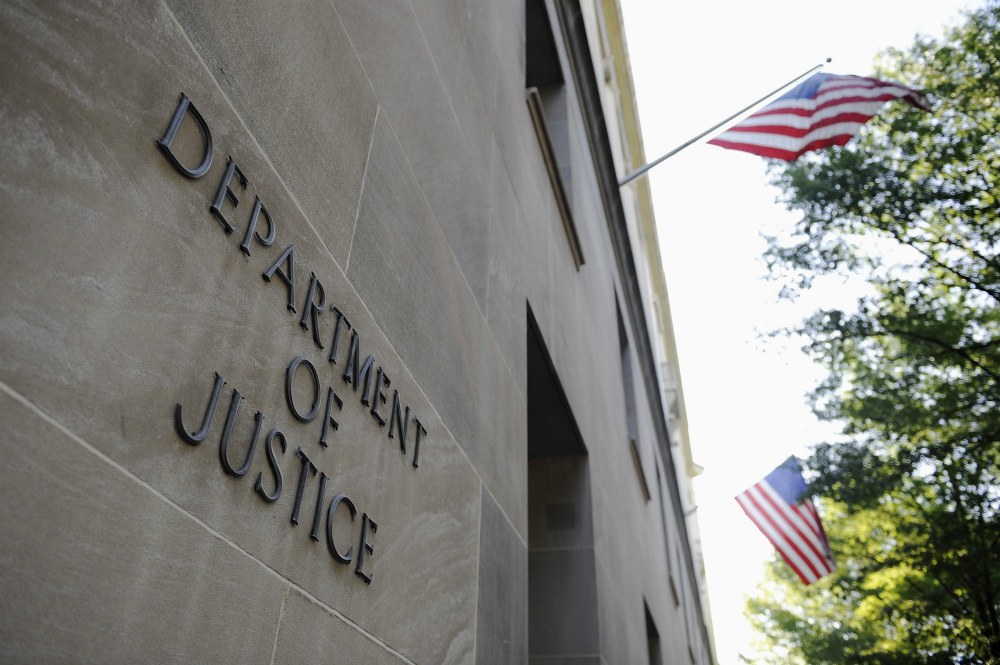
One of the tourist sites is a popular mountain range called the Huangshan mountain park located in the Anhui province in Eastern China. State media Global Times reported that the park put an exemption from the 190 yuan ($26.7) entrance fee for the residents of the province on Saturday, April 4.
This free entrance policy comes in coordination with a two-week tourism promotion activity in the entire province of Anhui, where residents can visit 31 different scenic spots in Huangshan city without paying a fee.
Hangzhou, the capital of the Zhejiang province in eastern China, has also opened 55 scenic spots free of charge, as long as they maintain the daily reception capacity of under 50 percent of the maximum capacity.
Unfortunately, park authorities issued a notice declaring that the park had reached its 20,000 person daily capacity limit and would stop accepting visitors. They also issued a notice suggesting that visitors should adjust their current travel plans to another day.
https://twitter.com/globaltimesnews/status/1246777906887458818
Photos and videos circulating on Weibo, the country's largest social media platform, revealed thousands of mask-wearing visitors crowding around pathways with almost no gap between the tourists. This overly crowded spot has made some netizens concerned over the possibilities of transmitting coronavirus – which originated in the neighboring province of Hubei – despite the last confirmed COVID-19 case reported on February 27.
"The COVID-19 pandemic has only just stabilized in China, do you want it to break out again?" one netizen commented. Other people put the blame on the free entrance policy that enticed the tourists to flock to area, saying that this policy should not be encouraged as the global pandemic is not even over yet.
Similarly, in Shanghai, the famous Bund waterfront was also swarmed with shoppers and tourists after weeks of being deserted due to stringent lockdown measures. Many of the once-shuttered and closed-down restaurants have also been doing brisk trading, with some even requiring reservations before allowing people to enter.
Xu Xiaolei, marketing manager at China's CYTS Tours Holding Co., said that, while travel in the province has been recovering at a steady pace, people still need to be cautious and that authorities must establish enough precautionary measures.
"Tourists must have self-protective awareness and the scenic spots must be responsible for regulating and arranging the tourists, otherwise it could still be risky," Xu said.
No new coronavirus deaths in China
On Tuesday, China reported no new deaths for the first time since January despite the country's struggles with dealing with ongoing outbreaks. A report from Al Jazeera revealed that cases of coronavirus in mainland China have slowly dwindled since March. However, the country still faces a new wave of infections brought in from overseas with health officials reporting nearly a thousand cases in total.
According to the country's National Health Commission, there were 32 brand new cases of coronavirus recorded across China, but these cases were arrivals from another country. Health officials also reported 30 new asymptomatic infections, bringing the national total to 1,033.
The Guardian reported that this promising news came just as Hong Kong and mainland China strengthened their restrictions against foreign arrivals amid the rising number of imported and asymptomatic cases in both nations.
As of writing, China has 82,718 confirmed cases of COVID-19, with 3,335 deaths, according to data from Johns Hopkins. Spain, Italy, Germany, France, and even the U.S. have each tallied more cases than China. (Related: Could America soon be facing widespread STARVATION due to the coronavirus and a collapsing food supply?)
"I think China is keeping a close eye on COVID-19 detections and may need to tune the social distancing measures that are needed to keep COVID-19 contained," Benjamin Cowling, a professor of epidemiology and biostatistics at Hong Kong University.
"For now, it may be OK to relax some measures, but those measures should be tightened if case numbers pick up."
In total, there are 1,359,398 confirmed coronavirus cases worldwide, with the United States at the lead with the most infections. For the latest news on the coronavirus pandemic, visit at Pandemic.news.
Sources include:
Please contact us for more information.























